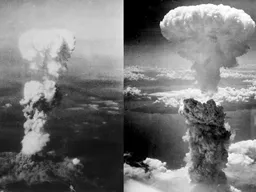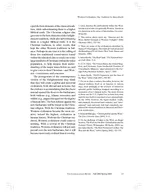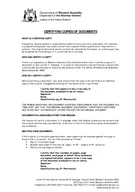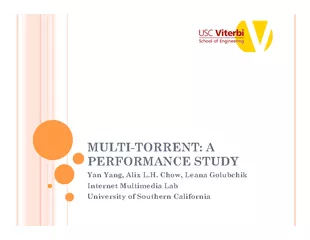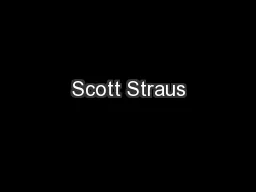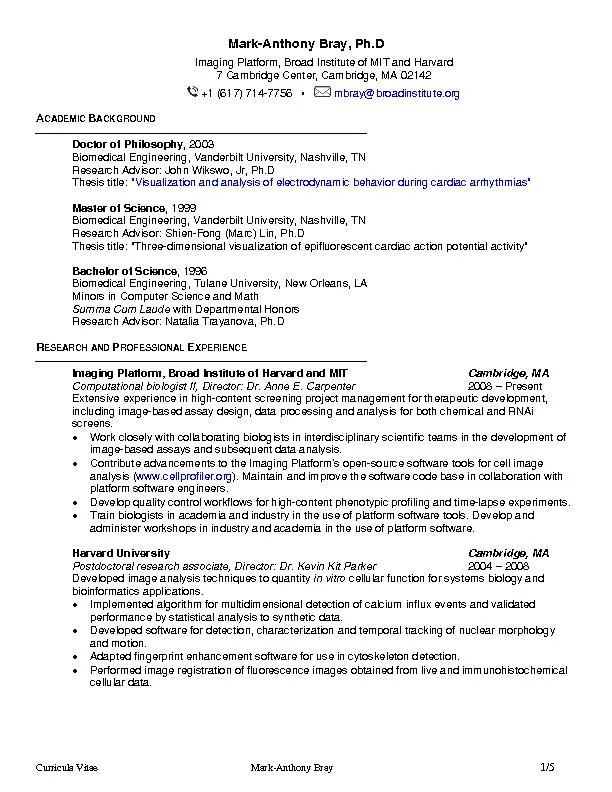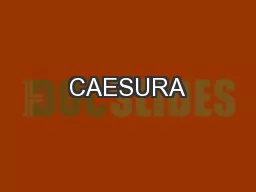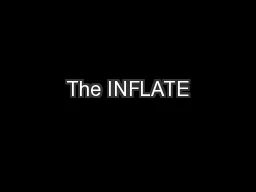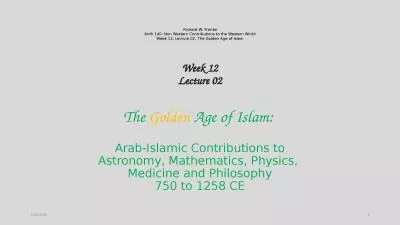PPT-S ome B ackground Western countries
Author : calandra-battersby | Published Date : 2019-11-23
S ome B ackground Western countries have been exploiting Asia and treating Asias peoples with great prejudice for centuries The 19 th century Western carving up
Presentation Embed Code
Download Presentation
Download Presentation The PPT/PDF document "S ome B ackground Western countries" is the property of its rightful owner. Permission is granted to download and print the materials on this website for personal, non-commercial use only, and to display it on your personal computer provided you do not modify the materials and that you retain all copyright notices contained in the materials. By downloading content from our website, you accept the terms of this agreement.
S ome B ackground Western countries: Transcript
Download Rules Of Document
"S ome B ackground Western countries"The content belongs to its owner. You may download and print it for personal use, without modification, and keep all copyright notices. By downloading, you agree to these terms.
Related Documents

